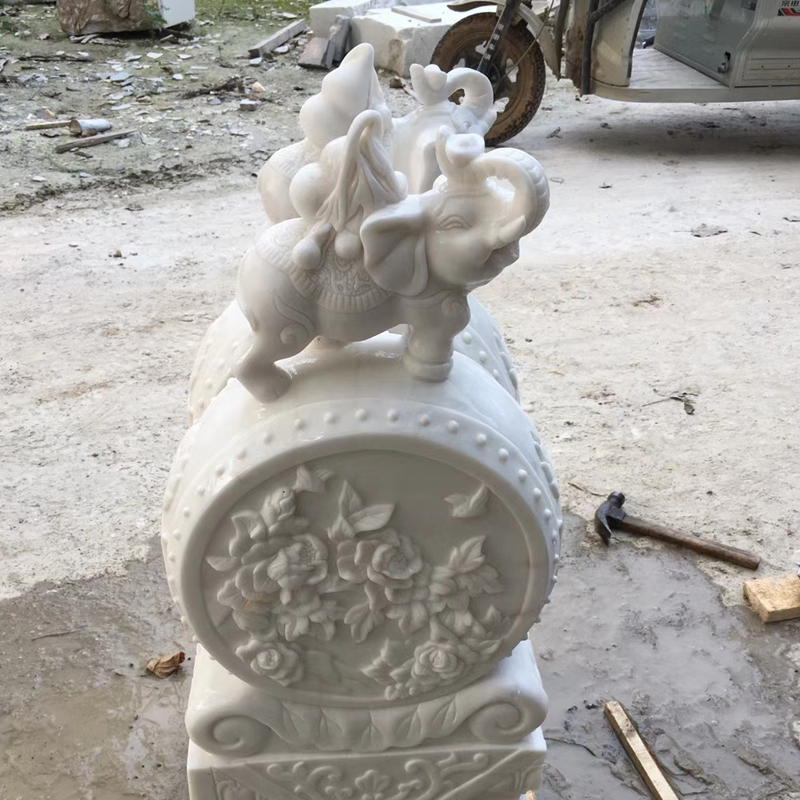The surface processing technology of stone crafts is the key link of stone crafts at present. How to complete the perfect stone crafts requires very professional processing technology.

1. Coloring
The coloring process refers to the process of forming various colors on the surface of objects through electrolysis, chemical, physical, mechanical and other methods. The coloring processes commonly used in modern society can be divided into the following types according to different processing methods and means: chemical coloring, electrolytic coloring, coating coloring, heat treatment coloring and dyeing process.
Chemical coloring is a commonly used metal coloring method. It usually refers to placing the metal in a special chemical solution, so that the metal surface reacts with the solution to produce a certain colored compound diaphragm, so as to achieve the effect of metal coloring.
Electrolytic coloring, also known as electrochemical coloring, refers to placing a metal in a specific solution and generating a colored film on the surface of the metal through electrolysis.
Coating and coloring refers to the use of different types of organic coatings to form a colored film on the metal surface by spraying, brushing, etc.
Heat treatment coloring refers to the partial or overall heating of the metal surface, so that the colored oxide film is gradually formed, so as to achieve the purpose of coloring.
The dyeing process, also known as anodic oxidation, refers to the electrolytic or chemical treatment of metal materials in a specific solution to form a film layer that can absorb dyes, coloring under the action of dyes, or making the metal and The dye particles eutectically form a composite colored coating. Dyeing is characterized by the use of various natural or synthetic dyes to color, and it is the color of the dye that appears on the metal surface. The colors formed under the action of this process are bright and bright, and the color gamut is wide. However, the current application range is relatively narrow, limited to several metals such as aluminum, zinc and nickel.
These new coloring processes above not only changed the relatively complex and professional characteristics of the traditional coloring technology (gilding and other processes), but also enabled more stone crafts to participate in this process, but also created a wider range of The rich color effect greatly expands the performance space of modern stone crafts.
In addition to the above-mentioned coloring process, modern stone crafts often use natural forces to color metal works. They take advantage of the characteristics of some metal materials, such as steel and steel, which are chemically active and easy to oxidize, and they are deliberately placed in humid environments such as outdoors or by the sea to let the air The water directly acts on the metal, making the metal produce a mottled beauty, in order to express a certain poetic feeling of the artist.
2. polishing
The polishing process usually uses mechanical or manual methods to grind the metal surface to achieve the effect of rust removal or polishing. Generally, it can be divided into different process effects such as polishing, mercerizing, mirror surface, and sandblasting. Polishing technology is a new metal craft technology born with the advent of industrial civilization. Its use enriches the expressive language of modern stone crafts and provides more processing methods for sculptors' artistic creation, thus giving modern stone crafts Infused with new vitality.



